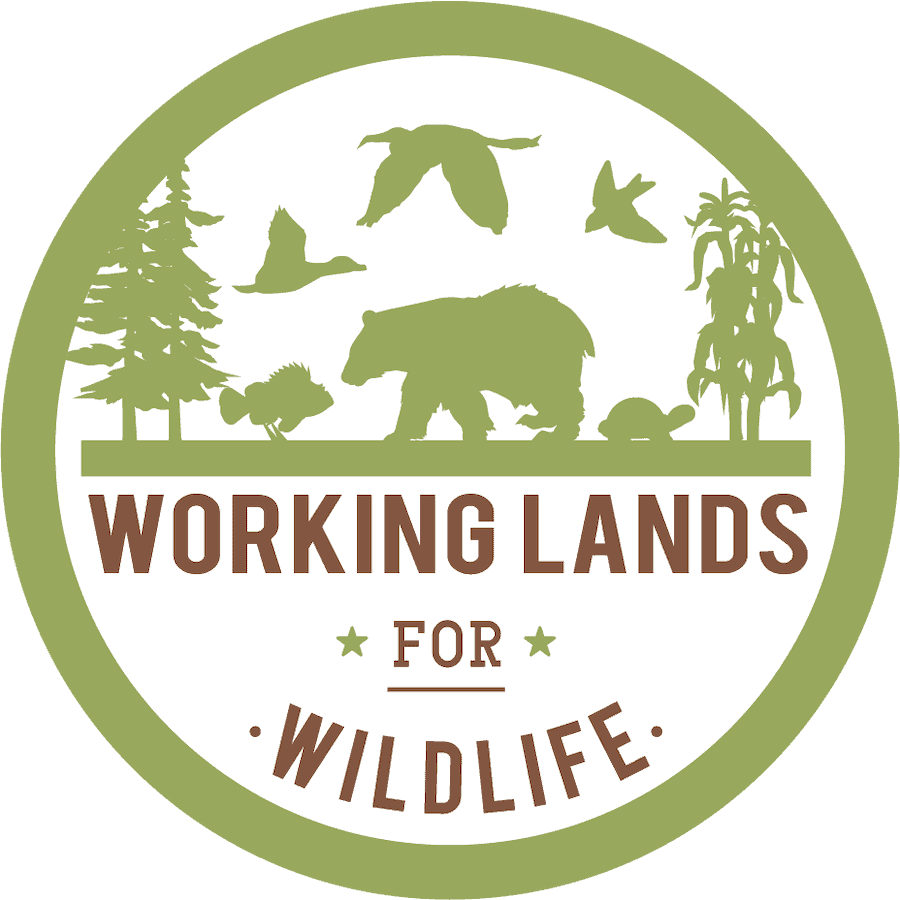-
U.S. Fish & Wildlife Service Fire Management
-
by
Tab Manager
—
published
Apr 30, 2021
—
last modified
May 03, 2021 01:34 PM
—
filed under:
Wildland Fire,
Prescribed Fire,
USFWS
The U.S. Fish & Wildlife Service has assumed a leadership role in the use of fire to maintain and support healthy ecosystems. The Service has traditionally led DOI agencies in using prescribed fire to reduce dangerously overgrown vegetation, known as "hazardous fuels," keeping lands in good condition while accomplishing the most with the least funding.
Located in
Prescribed Burning
/
Overview
-
National Park Service Wildfires, Prescribed Fires, and Fuels
-
by
Tab Manager
—
published
Apr 30, 2021
—
last modified
May 03, 2021 01:34 PM
—
filed under:
Wildland Fire,
National Park Service,
National Parks
The National Interagency Fire Center (NIFC), located in Boise, Idaho, is the nation's support center for wildland firefighting. Eight different agencies and organizations are part of NIFC. Decisions are made and priorities set through close interagency cooperation. The National Park Service’s Division of Fire and Aviation Management (FAM) is located at NIFC and is the National Park Service’s national office that provides policy guidance, management, and oversight for the Wildland Fire Management, Structural Fire Management, and Aviation Management programs in the national parks.
Located in
Prescribed Burning
/
Overview
-
 Opportunities for Research on Carbon Sequestration in Longleaf Pine Ecosystems
Opportunities for Research on Carbon Sequestration in Longleaf Pine Ecosystems
-
by
Tracy Clark
—
published
Oct 30, 2023
—
last modified
Oct 30, 2023 09:49 PM
—
filed under:
WLFW,
Tall Timbers,
Prescribed Burning,
Wildland Fire,
Working Lands for Wildlife,
Longleaf Pine
As a result of the Fact Sheet on Opportunities for Research on Carbon Sequestration in Longleaf Pine Ecosystems by Kevin Robertson, Ph.D., Fire Ecology Research Scientist, Prescribed Burning has been added to the USDA Climate Smart Priorities List for FY24.
Located in
Prescribed Burning
/
Practitioner Information
-
LANDFIRE office hour chats
-
by
Admin
—
published
Dec 30, 2020
—
last modified
Apr 18, 2024 01:28 PM
—
filed under:
Training,
WLFW,
Data Needs and GIS,
Prescribed fire,
Data and Maps,
Online Training,
Wildland Fire,
News,
Events
Located in
Fire Mapping
/
National Fire Mapping
/
Landfire
-
Monitoring Trends in Burn Severity Interactive Viewer
-
by
Web Editor
—
published
Jul 02, 2020
—
filed under:
Wildland Fire,
National Fire Mapping,
Fire Mapping,
Online Tool
The MTBS program was established to provide a consistent methodology to assess and document the effects of fire at a national scale. Since the program’s inception in 2005, MTBS mapping methods have evolved to accommodate changes and advancements in technology, software, satellite data and the availability of reliable fire occurrence data. It is anticipated these methods will continue to evolve into the future, however, the MTBS mapping approach has consistently occurred in five primary steps: 1. Fire Occurrence Data Compilation; 2. Landsat Scene Selection and Image Pre-processing; 3. Perimeter Delineation; 4. Burn Severity Interpretation; and 5. Data Distribution.
Located in
Fire Mapping
/
…
/
Other National Fire Mapping
/
Monitoring Trends in Burn Severity
-
Forest and Rangelands National Priority Maps
-
by
Tab Manager
—
published
Apr 13, 2021
—
filed under:
Wildland Fire,
Maps,
Fire Mapping,
Forest and Rangelands,
National Fire Mapping
Contains maps for: National Priorities for Broad-Scale Fuels Management; National Priorities for Community Planning and Coordination; National Priorities for Managing Human-Caused Ignitions; and Large, long-duration wildfire potential with opportunities map for managing wildfires for resource objectives.
Located in
Fire Mapping
/
National Fire Mapping
/
Other National Fire Mapping
-
News: Mapping Fires Across the Southeast-Science to Solutions
-
by
Web Editor
—
published
Oct 15, 2023
—
last modified
Sep 26, 2024 05:49 PM
—
filed under:
SE FireMap,
News,
WLFW,
Wildland Fire
The Southeast fire map (SE FireMap), funded by NRCS and managed by Working Lands for Wildlife staff, aims to develop a fire tracking map to allow for improved decision making.
Located in
News
-
SE FireMap at The Longleaf Alliance Conference
-
by
Web Editor
—
published
Oct 01, 2024
—
last modified
Oct 01, 2024 11:54 PM
—
filed under:
SE FireMap,
News,
WLFW,
Landscape Partnership,
Wildland Fire
Come say hello to the SE FireMap team at the Biennial Longleaf Conference October 8th-11th, 2024!
Located in
News
-
Cal FIre Incidents
-
by
Web Editor
—
published
Sep 16, 2020
—
last modified
Dec 12, 2023 09:05 PM
—
filed under:
Wildland Fire,
News,
Regional Fire Mapping,
WLFW
The California Department of Forestry and Fire Protection (CAL FIRE) responds to all types of emergencies. When the Department responds to a major CAL FIRE jurisdiction incident, the Department will post incident details to the web site. Major emergency incidents could include large, extended-day wildfires (10 acres or greater), floods, earthquakes, hazardous material spills, etc. This is a summary of all incidents, including those managed by CAL FIRE and other partner agencies.
Located in
Fire Mapping
/
Regional Fire Mapping
-
Landsat’s Role in Managing Wildland Fires
-
by
Rosanne Hessmiller
—
published
Oct 18, 2024
—
last modified
Oct 18, 2024 11:41 AM
—
filed under:
Wildland Fire
Worldwide, fire plays a critical role in maintaining healthy forests, but fire can also be damaging. Homes are destroyed and the effects on air quality can be felt for miles. Forest fires are occurring more often and with greater intensity than in years past, and Landsat plays a critical role in understanding the impact. Landsat data enables land managers and scientists to assess the severity and extent of large fires as they plan recovery efforts; to improve safety and prevent damage to life, property and natural resources; to estimate how much pollution burning releases into the air; and to monitor the post-fire recovery of burned areas.
Located in
Resources


